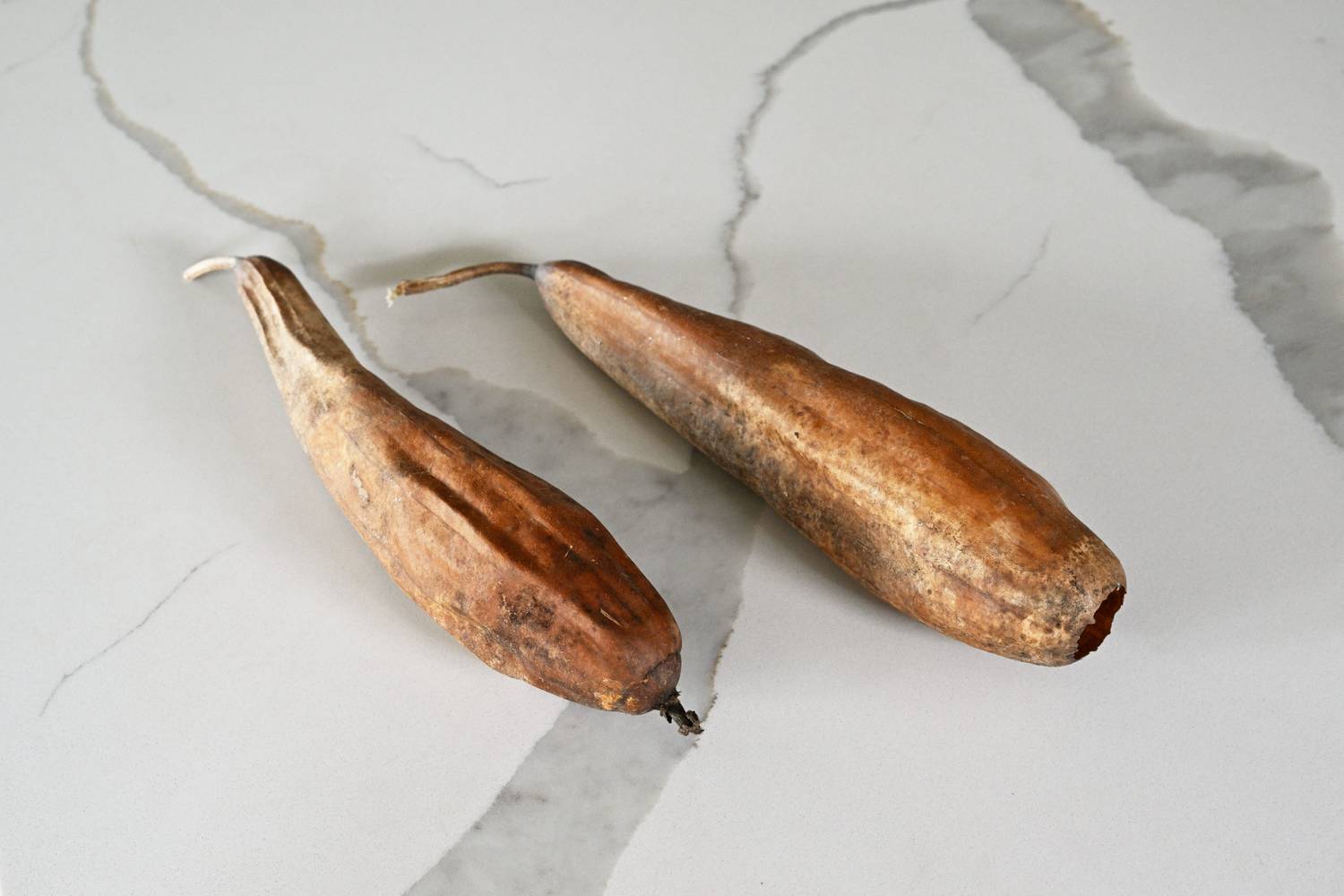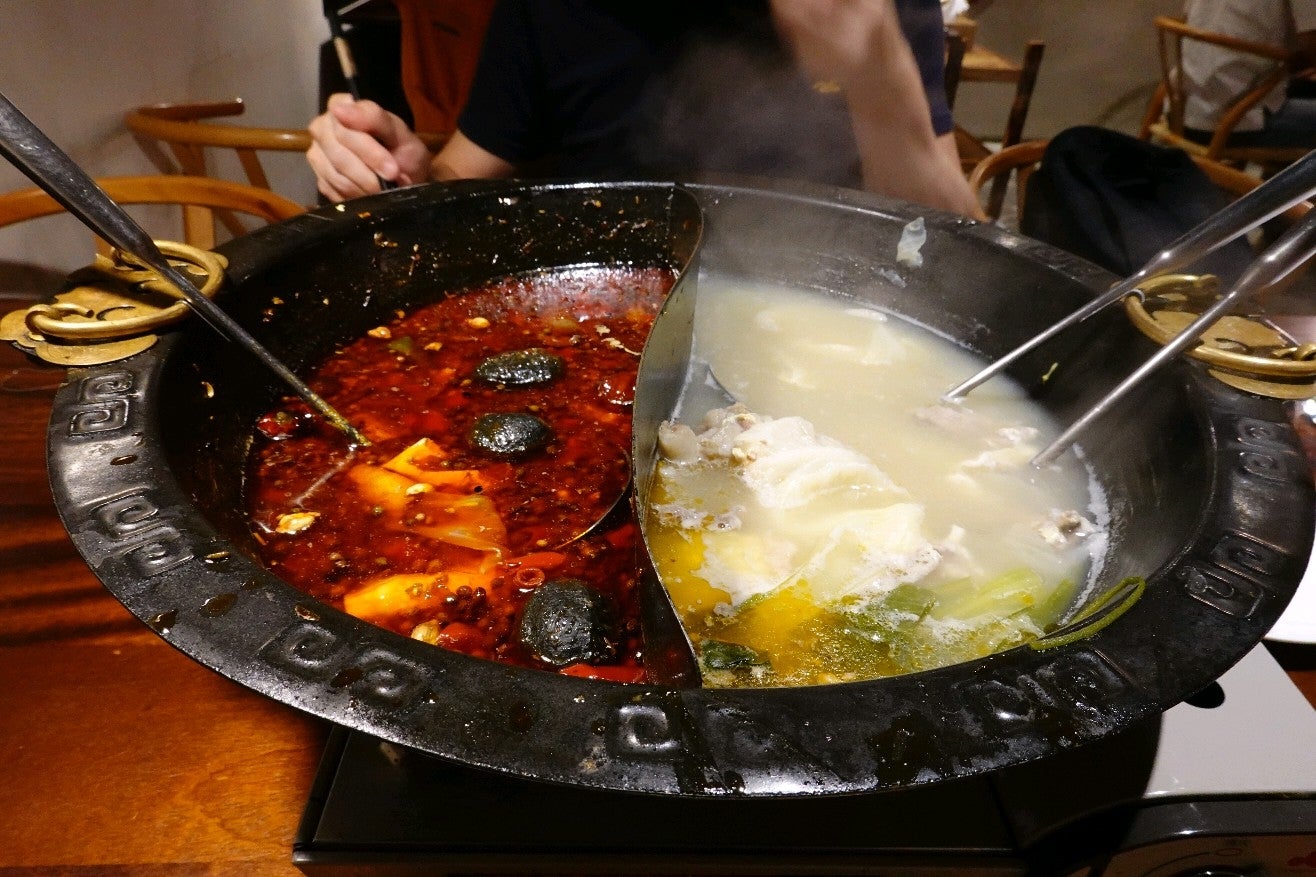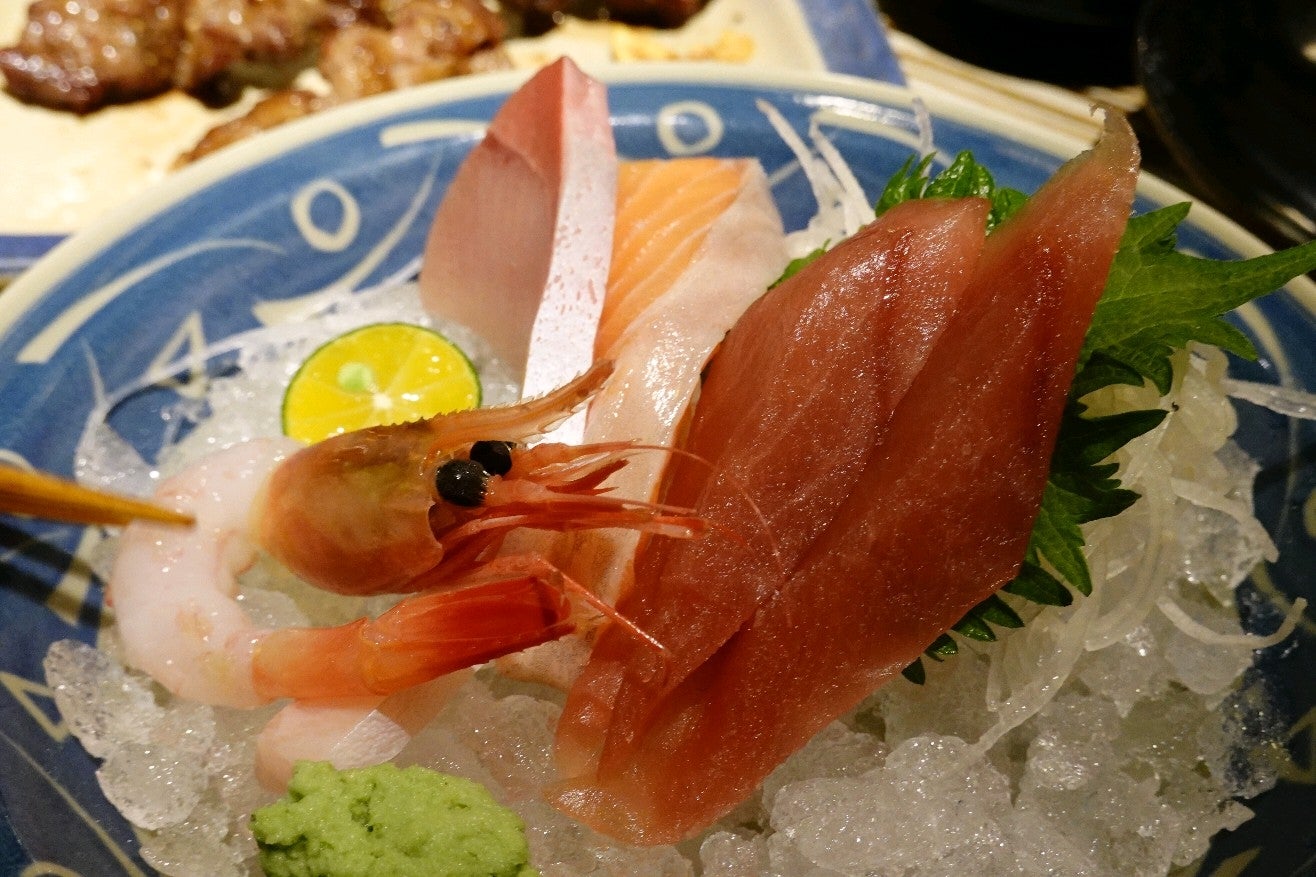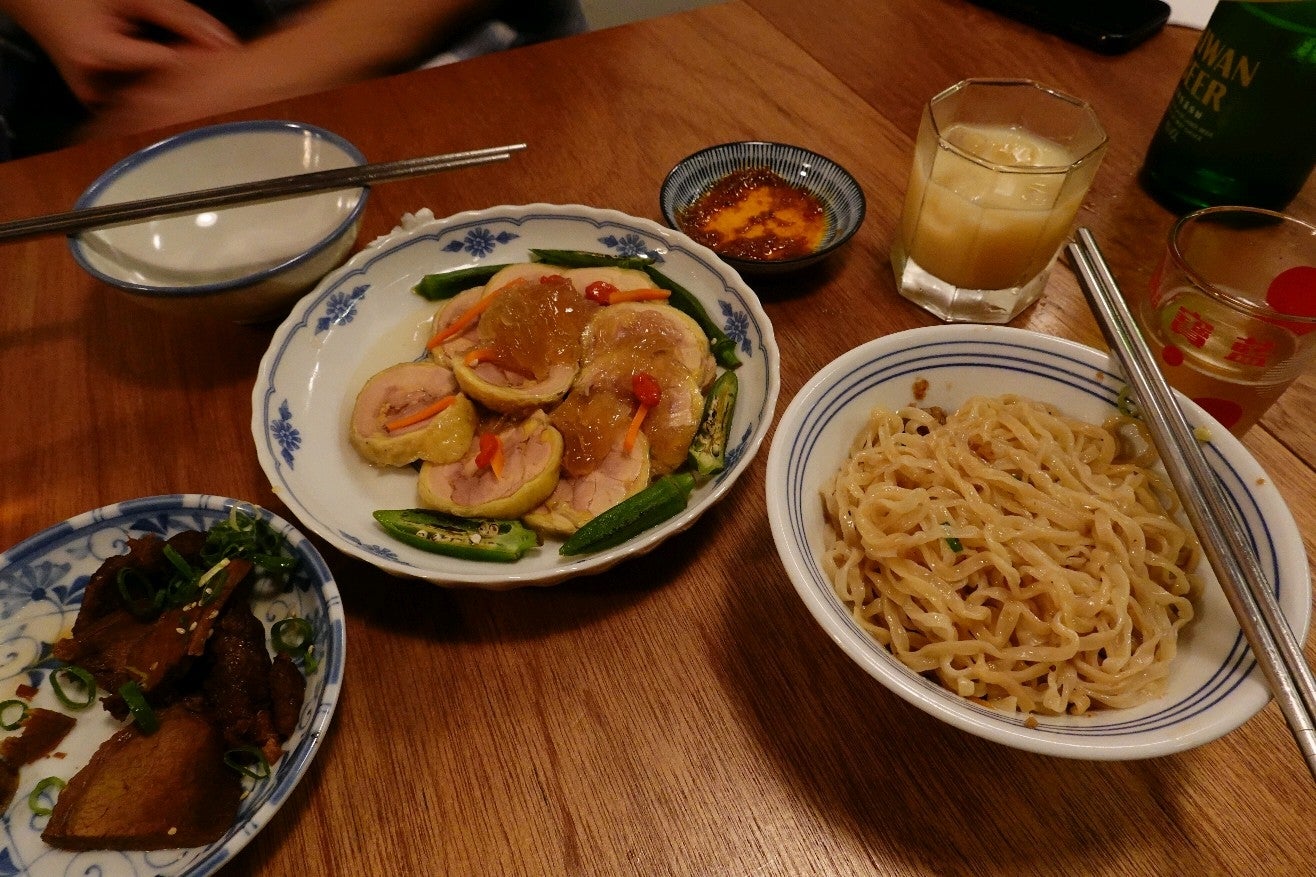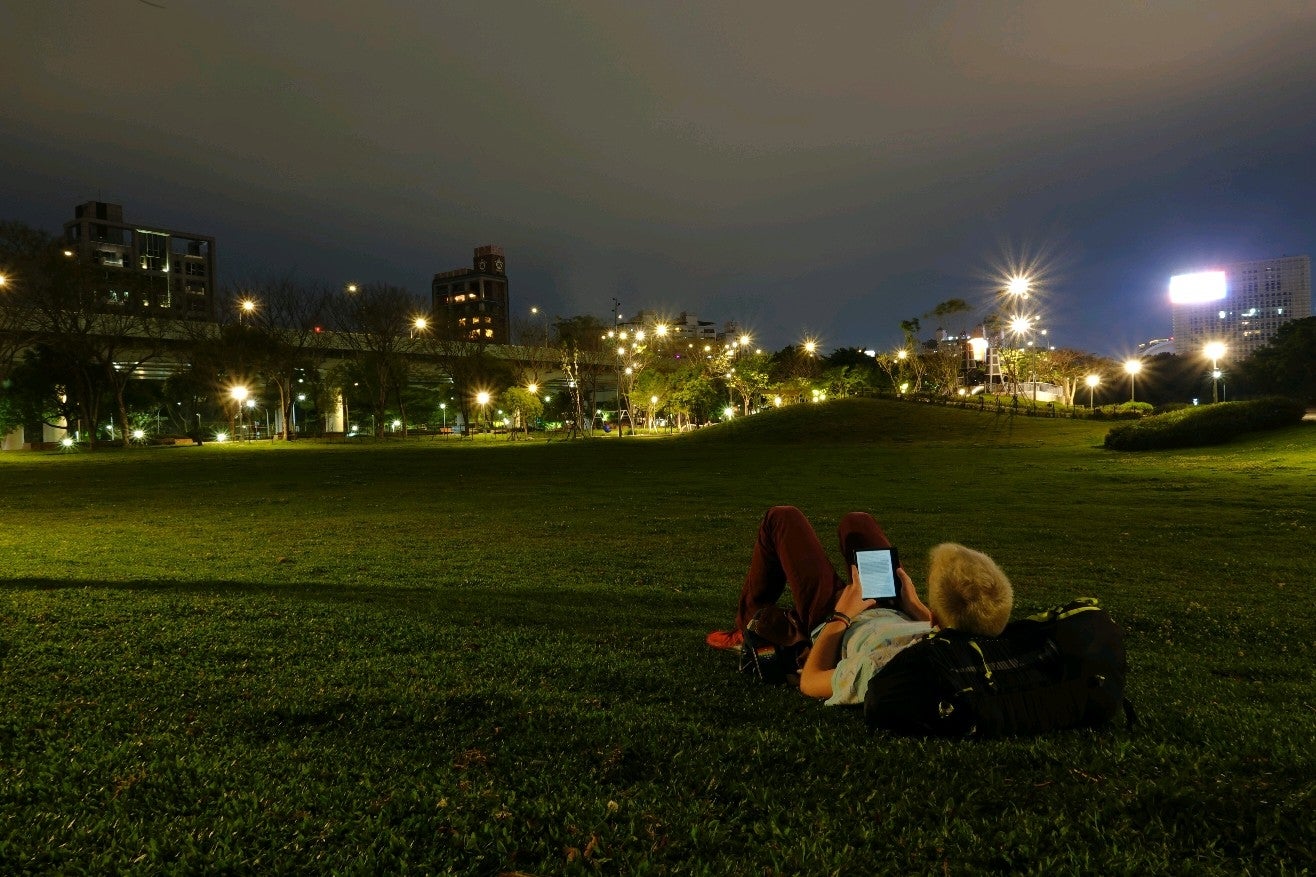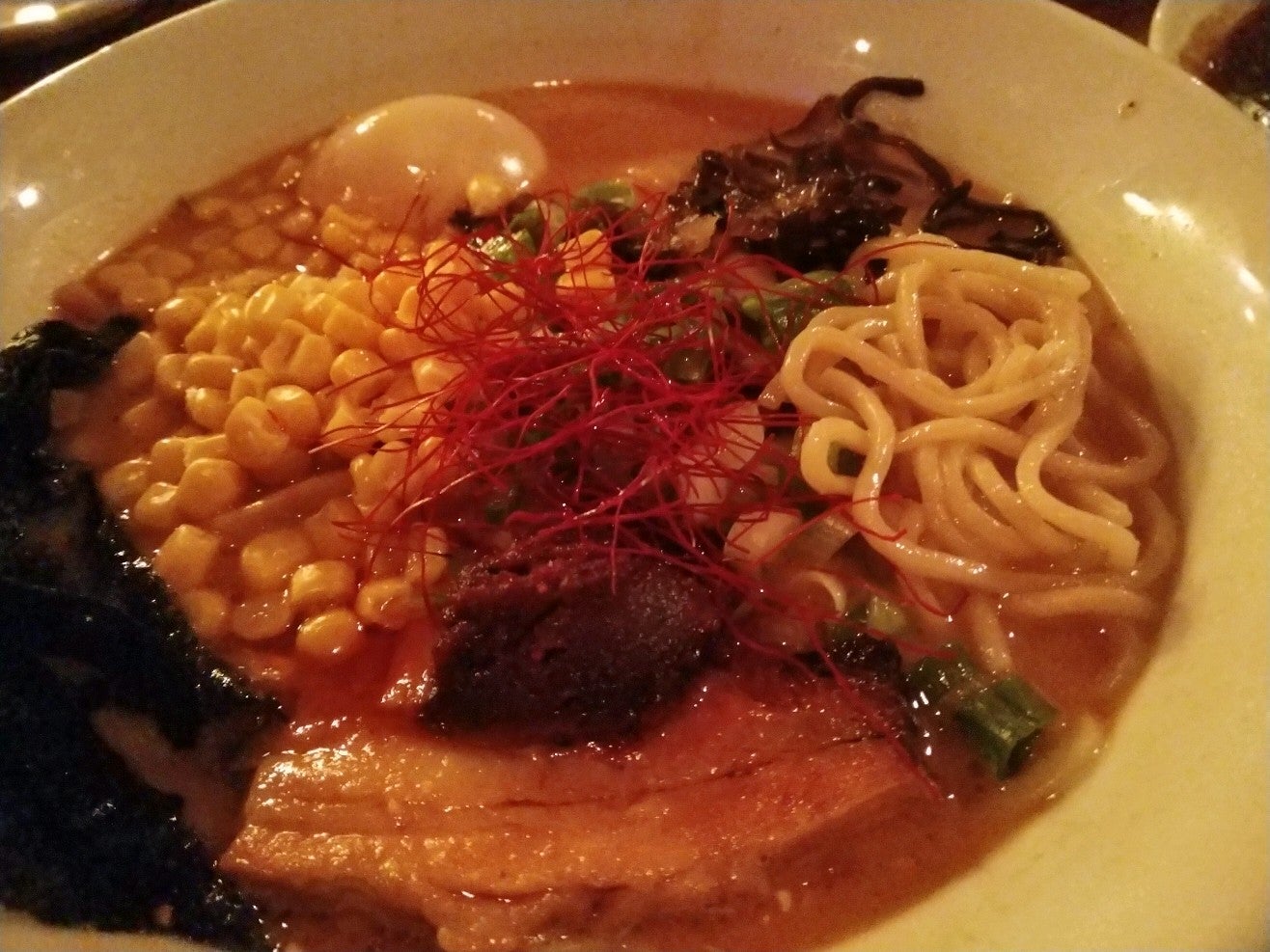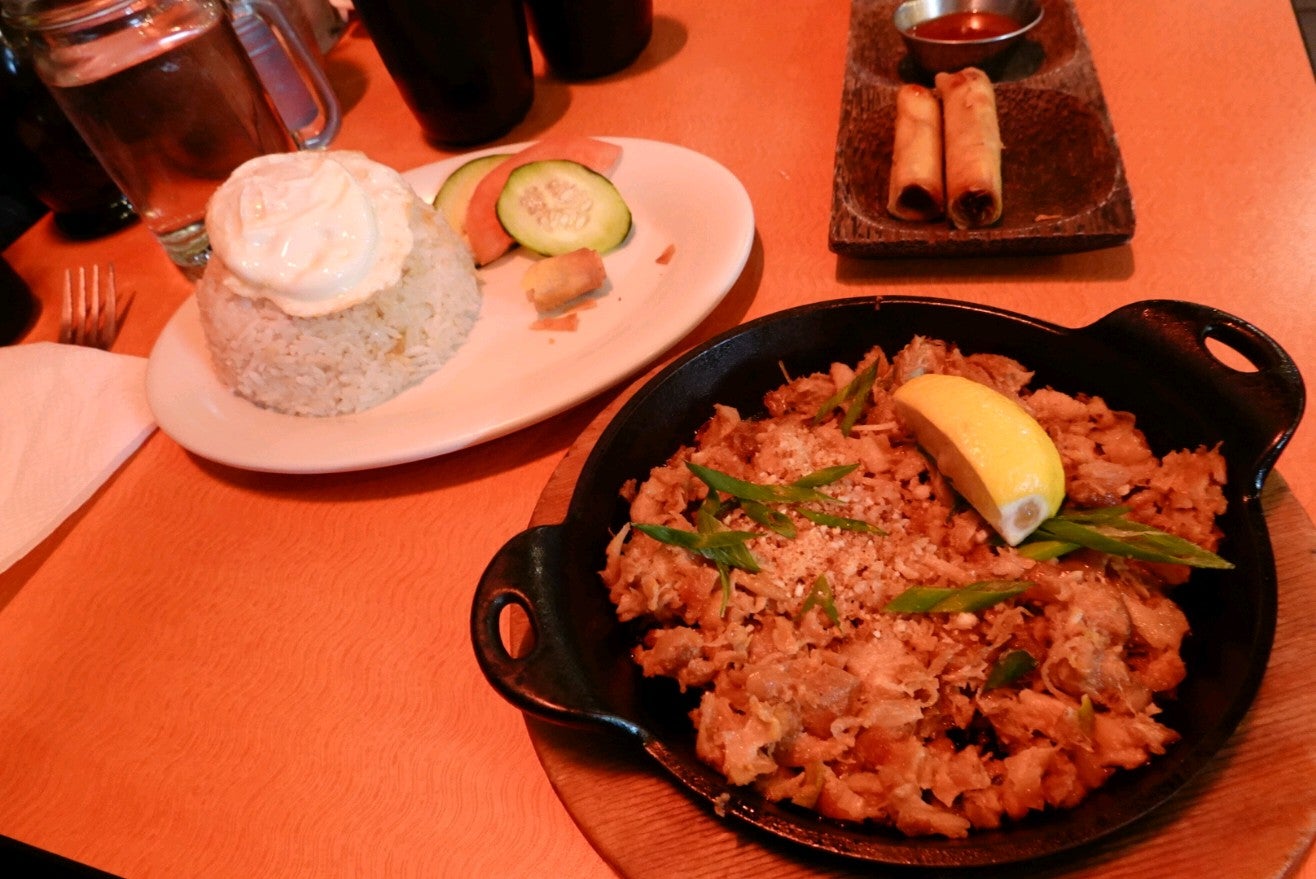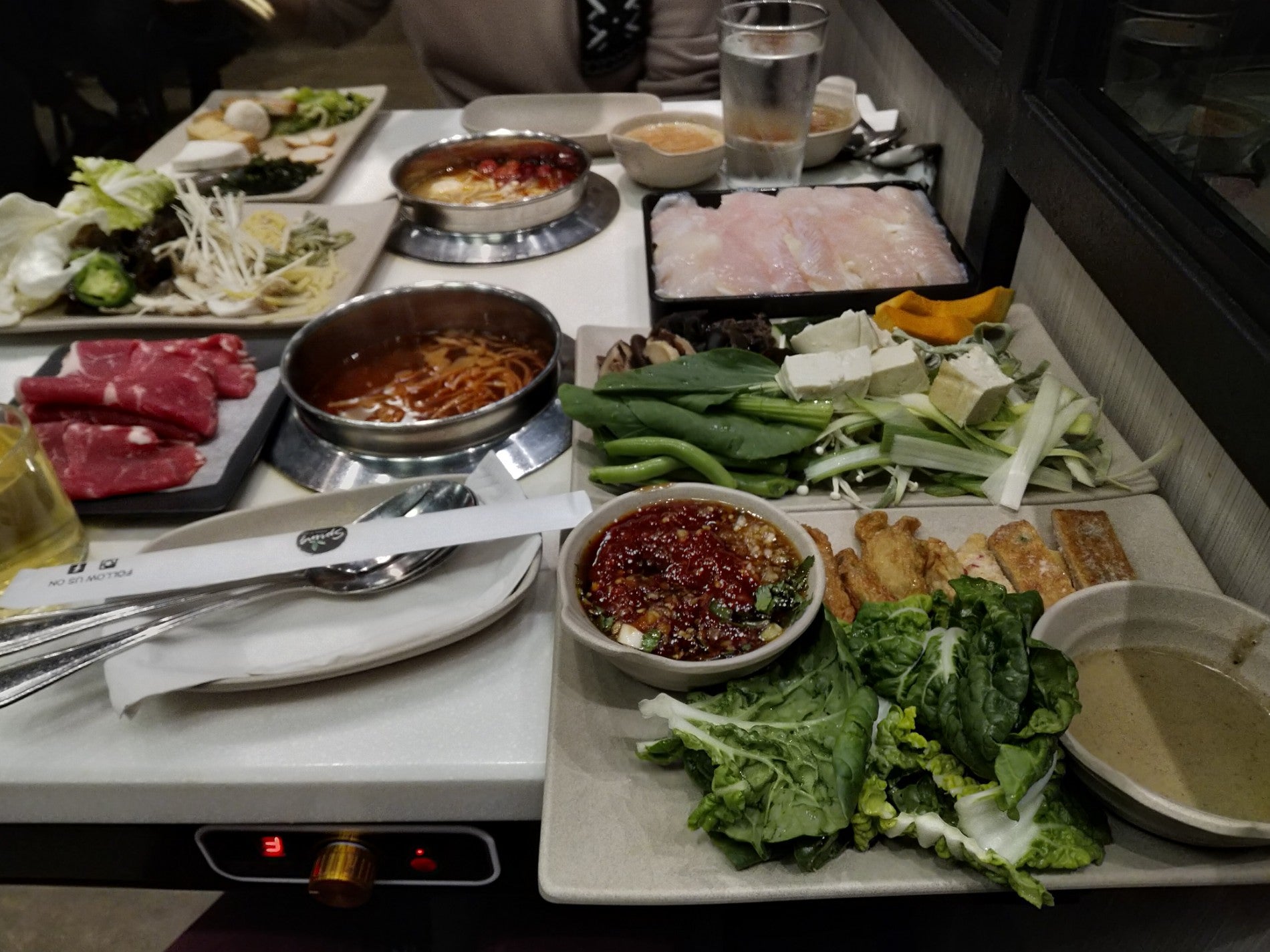First luffa harvest rather small
I finally cleared off the counter so I could take a picture of all the loofahs we harvested a few months ago after having planting a few dozen seeds. Sadly, we only managed to get two specimens off a single vine, and they are small! I was excited to see them finally growing in the summer, but they clearly were missing something to reach their potential. Alan blames the poor soil in front of our house.
According to my Amazon order history, I started experimenting with various types of sponges in 2015.
I read about konjac sponges, made from the Asian root vegetable, that were supposedly both gentle and exfoliating. I’m not sure how much better or worse they are, but I’ve liked them enough that I’ve ordered four packs of five from various companies so far in the last 7 years, and use them mostly on my face. I’ve also gone through half that many “body sponge” versions, but I tend to like a rougher sponge on the rest of my body.
That need has been served by the other sponges from that original foray: a six pack of short loofah sponges, and a natural sea sponge. I apparently forgot about the loofahs, as I didn’t keep ordering those. Instead I stuck with the sea sponge, which I sliced up with a kitchen knife to have hand sized chunks.
In 7 years I’ve gone through five of the 8 to 9 inch sponges from the brand “The Natural”, and my last order was 2 years ago from a different brand. I still have that one mostly intact, as I switched again around that time, to the luffa. For the uninitiated, per Wikipedia:
Luffa is a genus of tropical and subtropical vines in the cucumber family. In everyday non-technical usage, the luffa, also spelled loofah, usually refers to the fruits of the species Luffa aegyptiaca and Luffa acutangula.
I believe I first ordered a luffa as an experiment for washing dishes, to see if I could replace the sythetic sponges I was frequently buying due in part to them getting rank after certain loved people forget to wring them out consistently. The luffa is light and airy, so I figured it would not hold water so much and dry faster. This turned out to be mostly true, though it doesn’t keep its shape without effort to “fluff” it after use.
Then I started using this in the shower once I saw hold well it worked for the dishes, and it quickly became my main sponge. I don’t go through them very fast, as I am only on my second (admittedly very large, at 18 to 20 inches) one from an Amazon store called CraftsOfEgypt. I’ve actually bought three in the last 2 years apparently (for $9.80, $10.35, $13.18), though I still have the better part of two of them.
So anyway, that’s all to say I got interested in whether I could go one further on this sustainability mission and grow the things myself. February 2021 I watched a “How Luffa Sponges Are Made” video that inspired me to order seeds (a pack of 100 from MySeeds.co on Amazon). I also watched “How to Grow LOOFAH (Luffa) for Sponges | Late Bloomer | Episode 15” for some more inspiration after receipt.
I apparently didn’t take any photos of the planting process or them growing unfortunately, but here’s a photo of the sponges I got after peeling them. Interestingly, despite the small size, they each produced around 60 seeds, so I now have more than double the number of seeds I started with. Note the large chunk of luffa in the photo is what’s left of one of the ones I ordered from CraftsOfEgypt. Now, this obviously begs the question of whether it’s really more sustainable to go through all this effort to potentially not have to buy a $10 luffa once a year. But let’s not think about that too much. :-)

